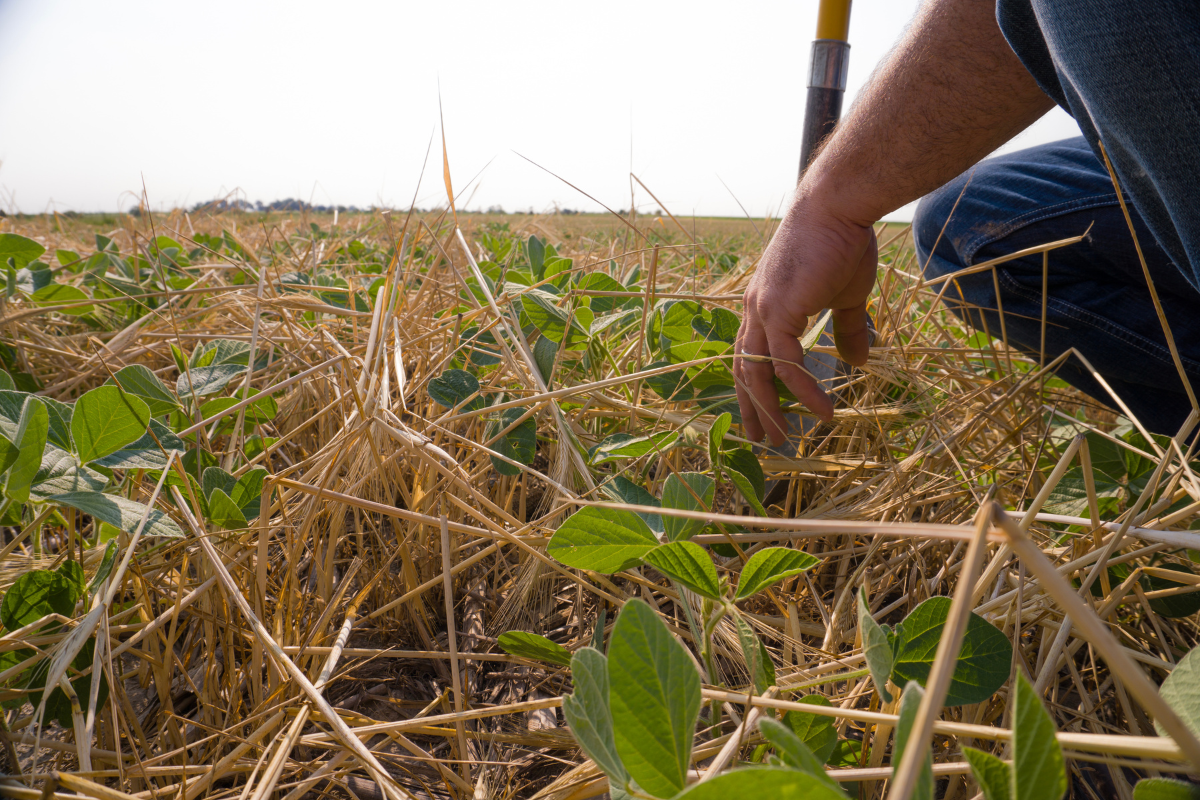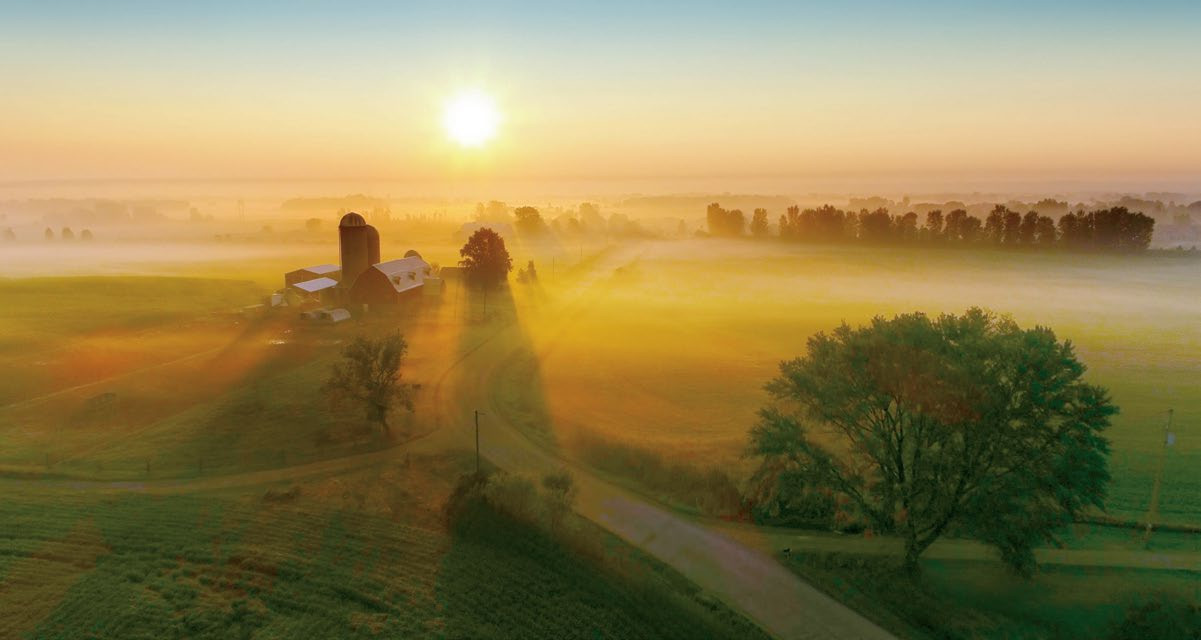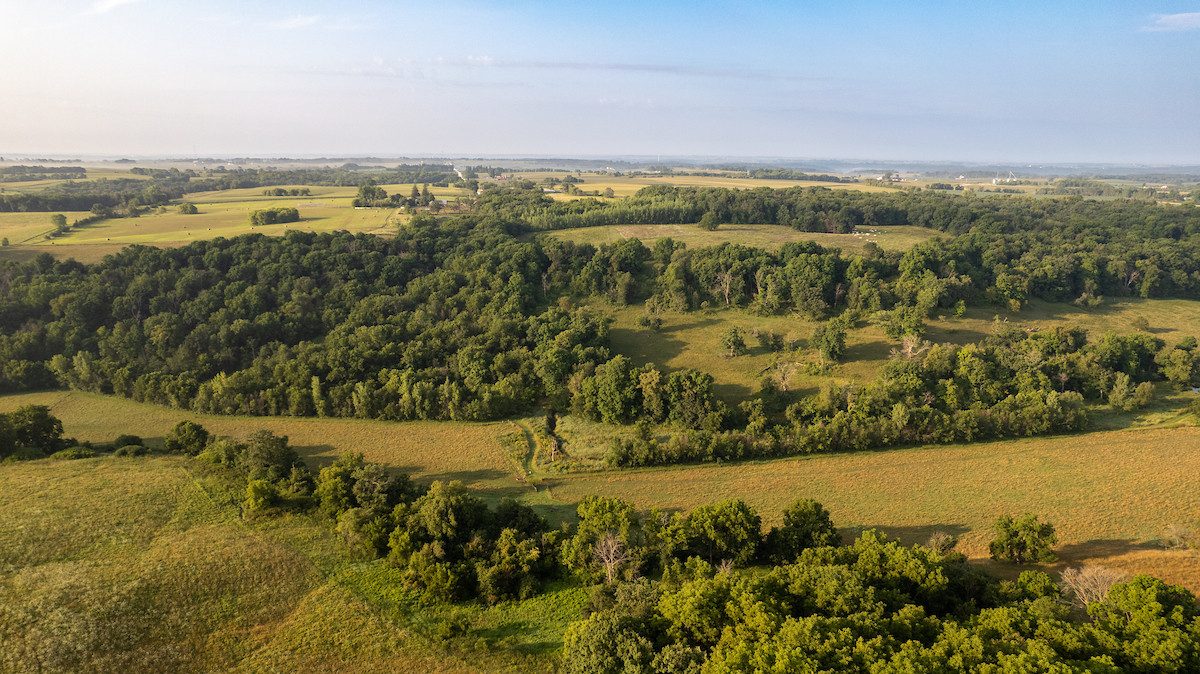Agriculture plays a central role in Indiana’s landscape, economy, and communities. As the 9th largest farming state by crop production volume in the country, Indiana contains some of the nation’s most prime farmland. In fact, more than 56% (nearly 12.56 million acres) of the state’s agricultural lands were classified as prime by the USDA (NASS, 2017). However, Indiana’s farmland is increasingly at risk of being lost due to a growing population and increasing development pressure.
Indiana’s population has steadily grown year over year, increasing by 5.3% between 2010-2022 (USAfacts.org, 2025). In that same timeframe, research by ISDA’s Farmland Loss Taskforce found that Indiana lost 1.5-2% of its farmland acres (ISDA, 2025). Farmland located near Indiana’s cities and surrounding suburban areas was found to be most at risk of land conversion, with Hamilton, Lake, and Hendricks counties already recording some of the highest farmland losses in the state (AFT, 2020). Concerningly, future predictions suggest accelerating losses are likely. If recent trends continue, 451,100 acres of IN’s farmland will be paved over, fragmented or converted. That’s almost two times the size of Indy metro. Seventy-one percent (71%) of this conversion will also occur on "Nationally Significant” land, which is land that’s among the most productive and resilient soil for local and regional food systems.
Compounding this problem is the reality that farmers face extreme challenges - from severe weather and economic pressures to market changes and disruptions. Additionally, finding reasonably priced land remains a significant struggle, especially for historically underserved producers. In its 2022 survey of more than 10,000 young farmers, National Young Farmers Coalition found that 59 percent of survey takers said that finding reasonably priced land is “very or extremely challenging.”
The issue of land access is critical. Across the country, 300 million acres could change hands in the next 20 years due to the aging population of farmland owners. In Indiana, the average farmer is 56 years old, and more than a third are 65 or older (USDA). Promisingly, however, a new generation of producers is beginning to take root across Indiana. According to the latest Ag Census, the Midwest ranks second in the nation for new and beginning farmers, with Indiana home to 26,428 new producers.



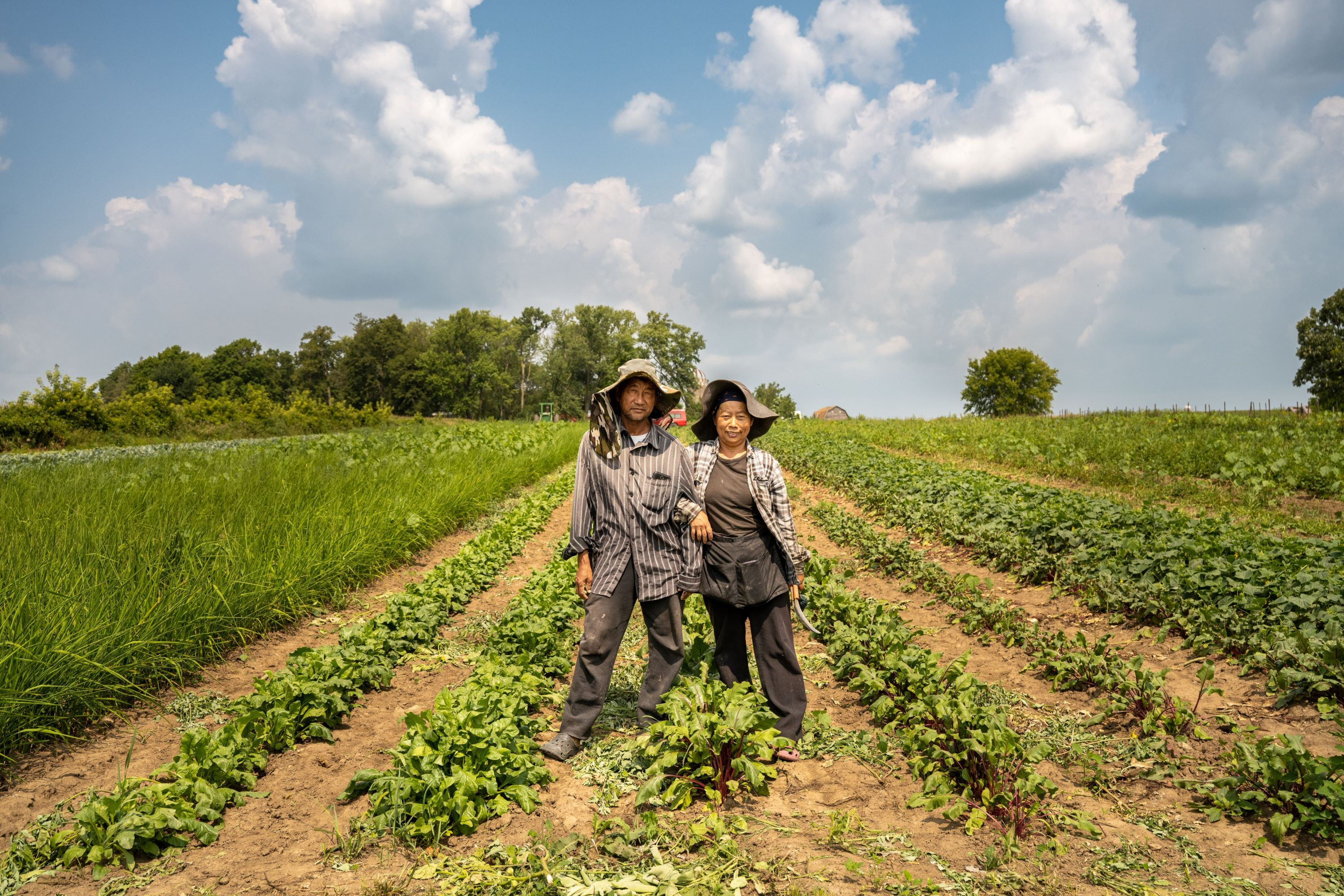
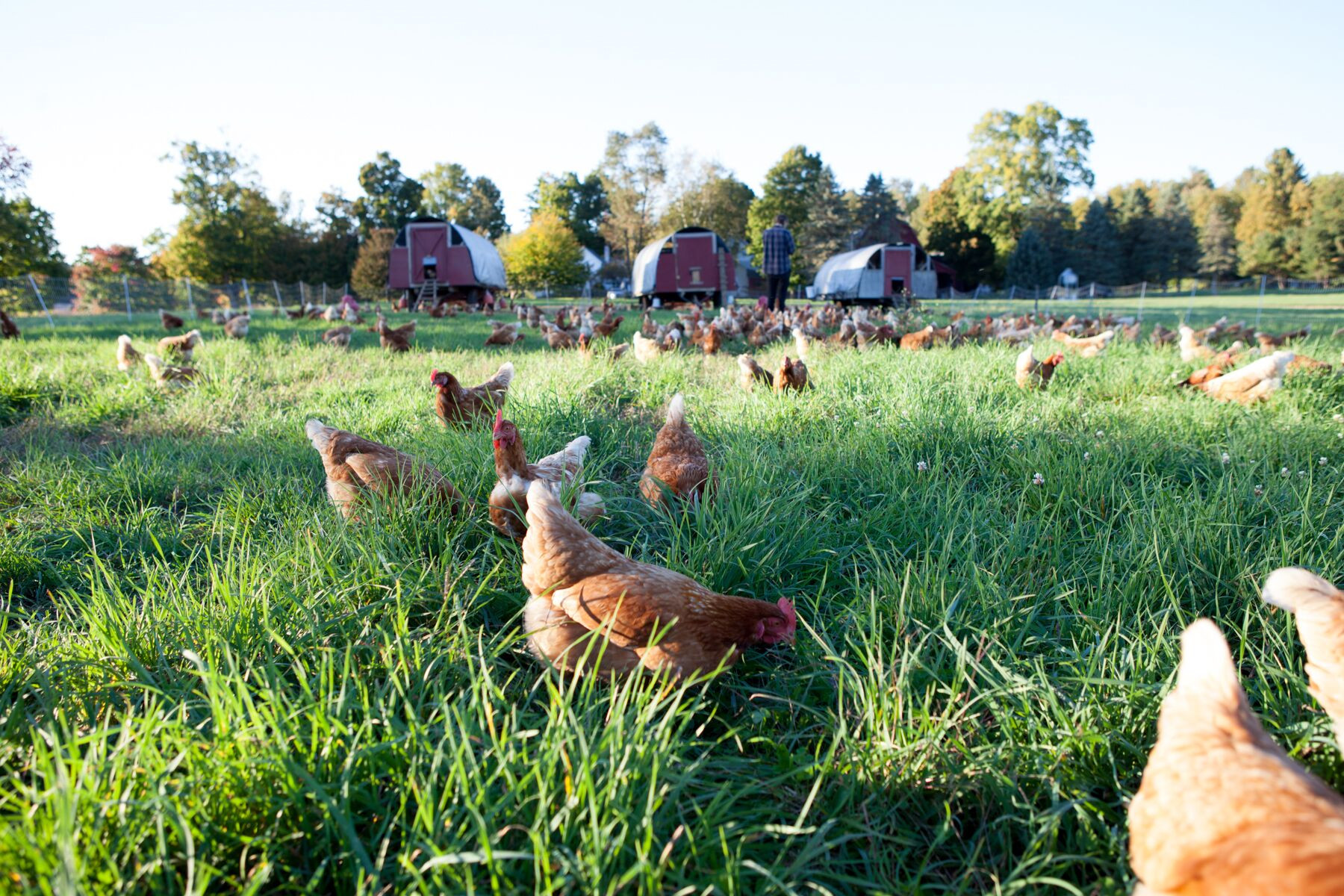

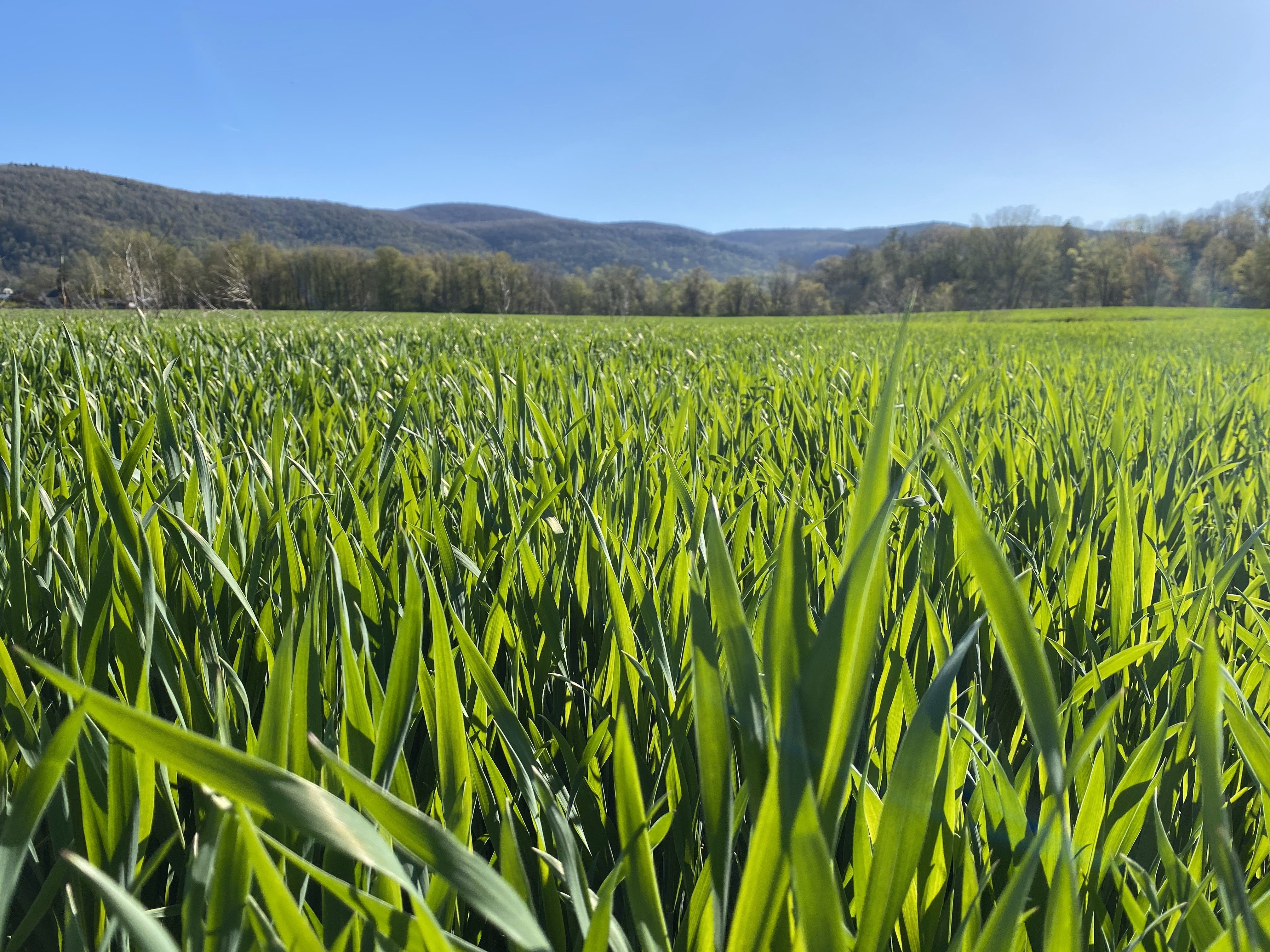


.png)
